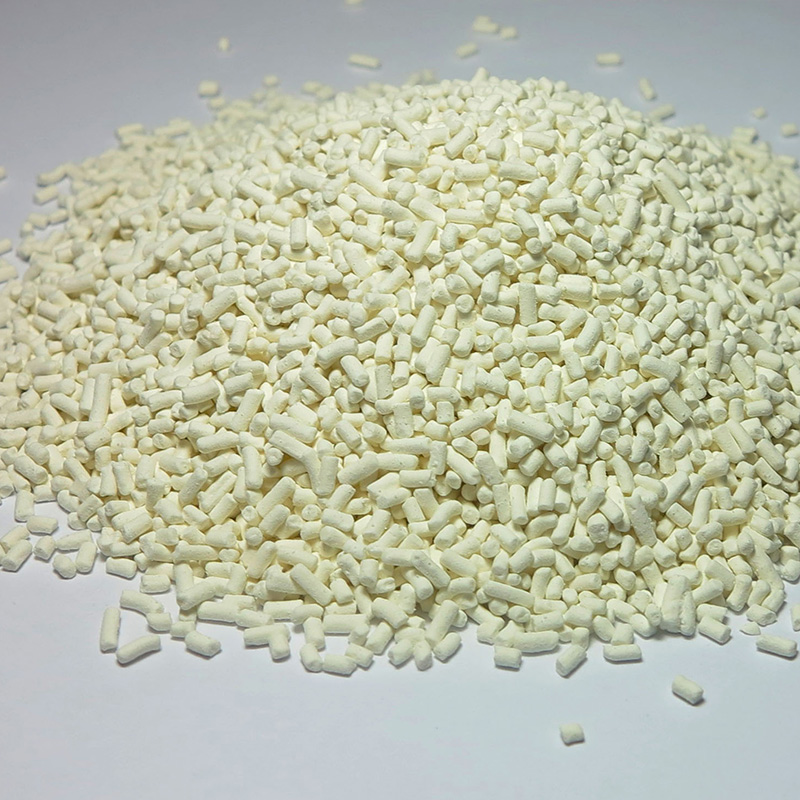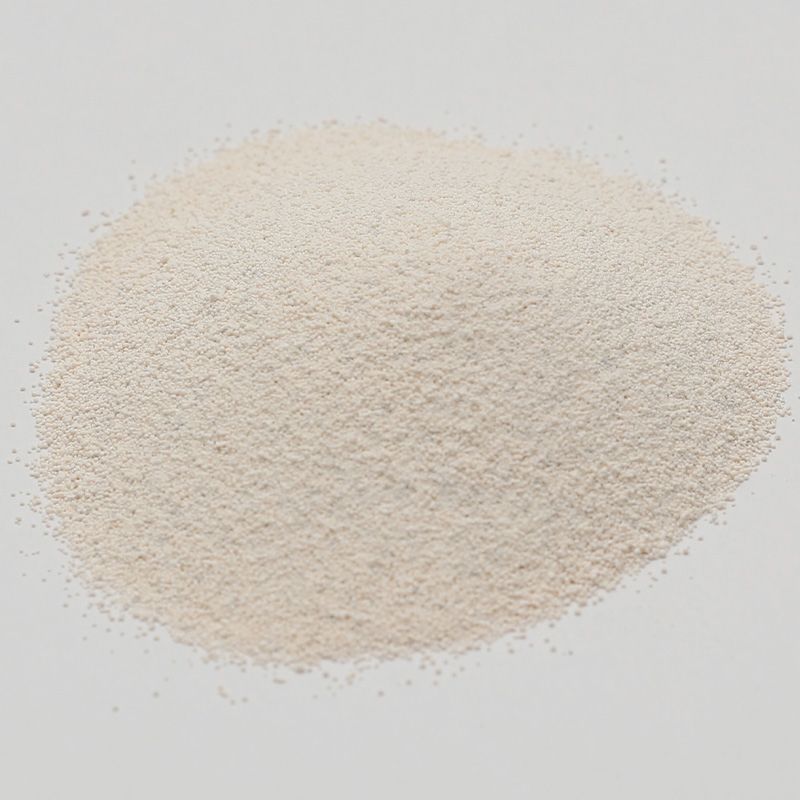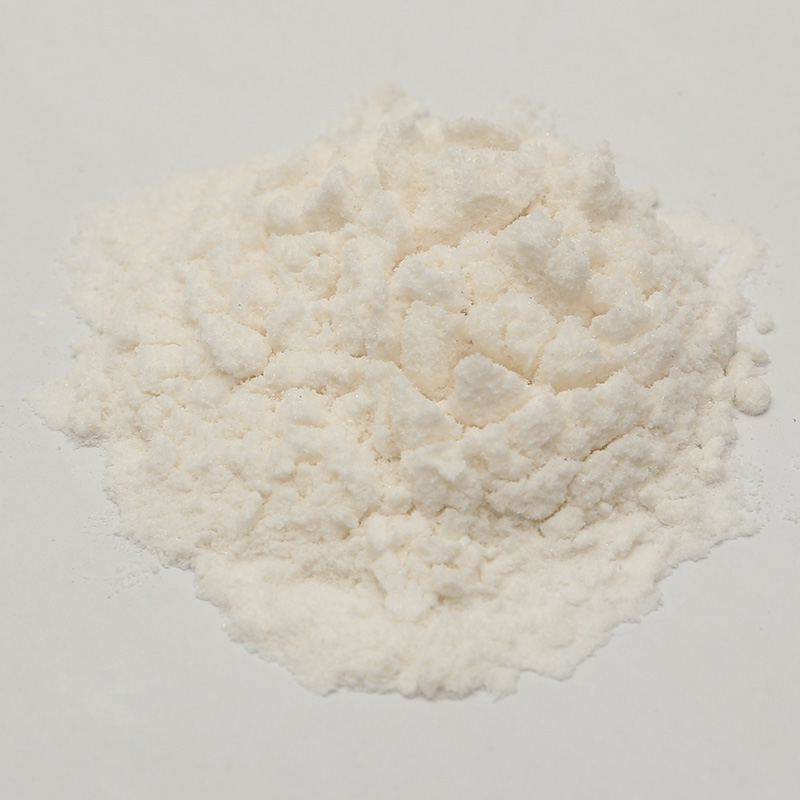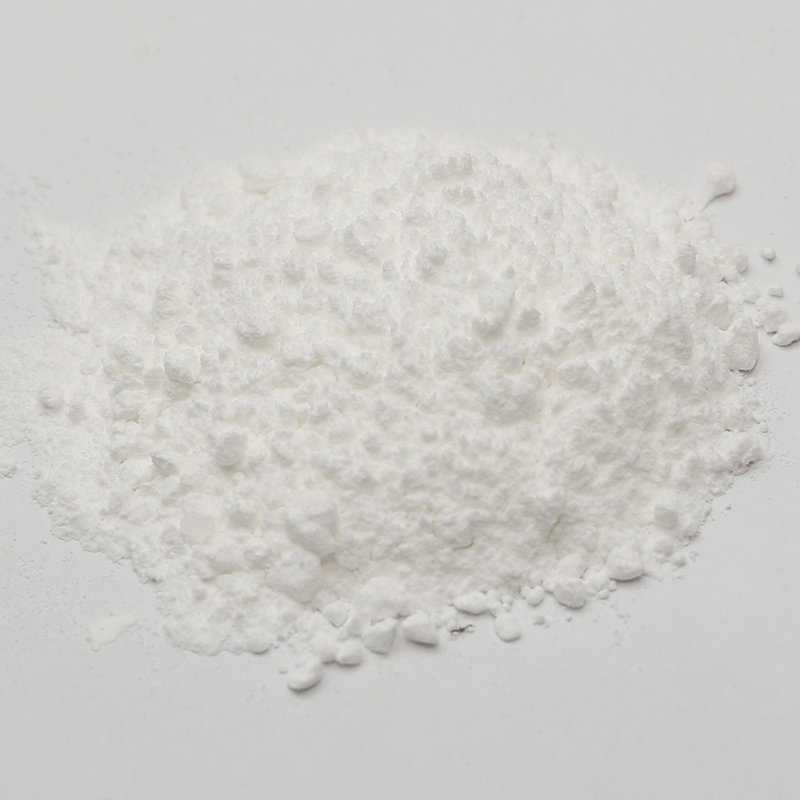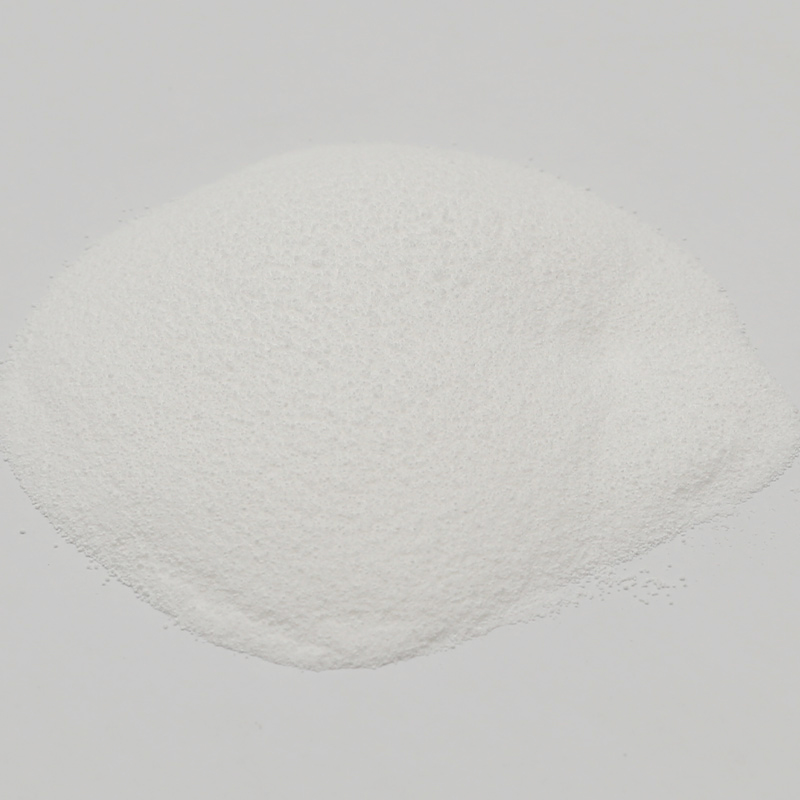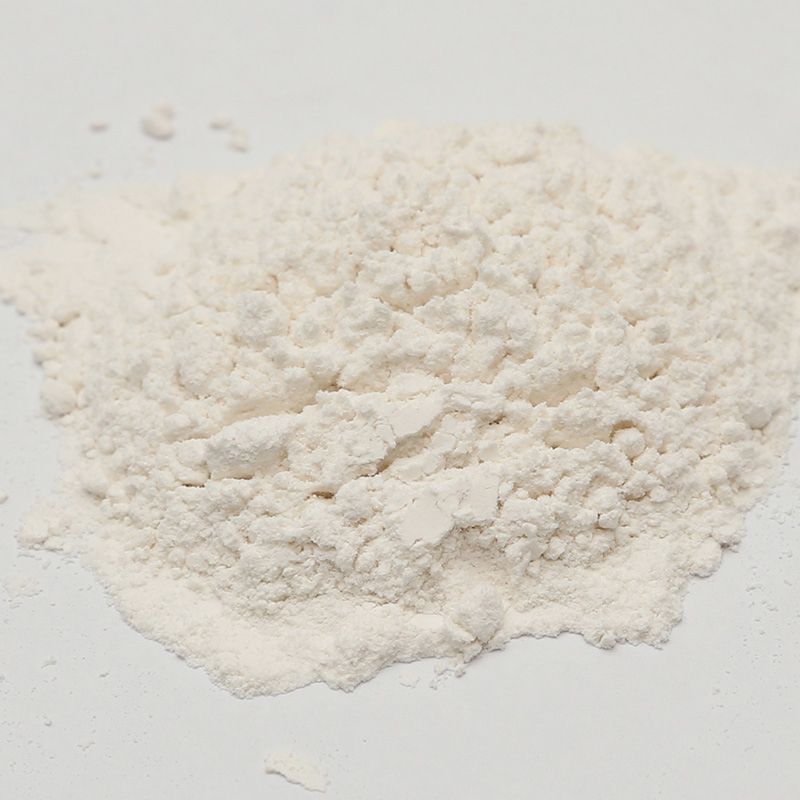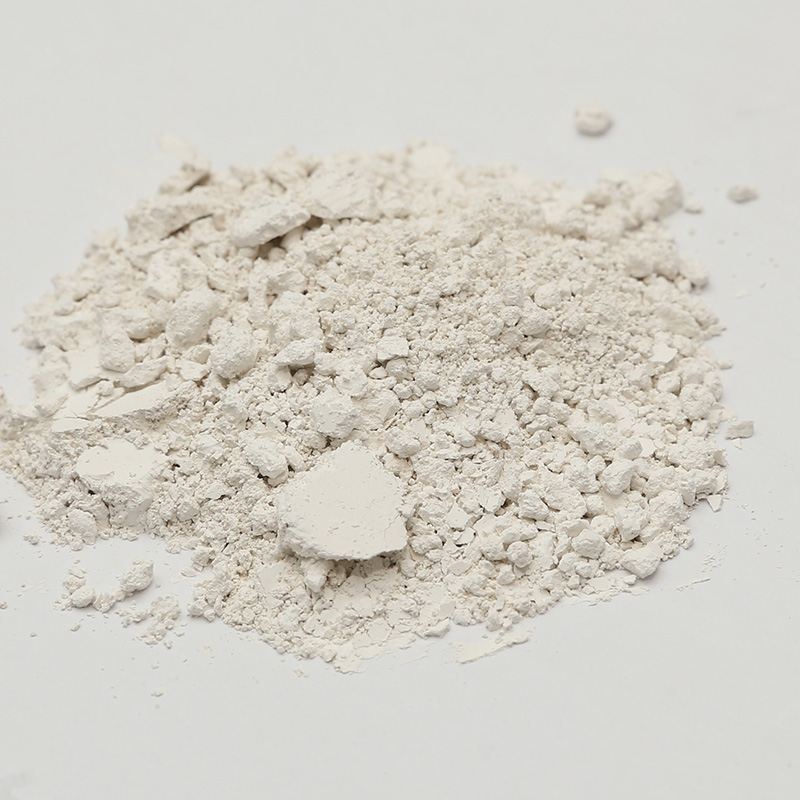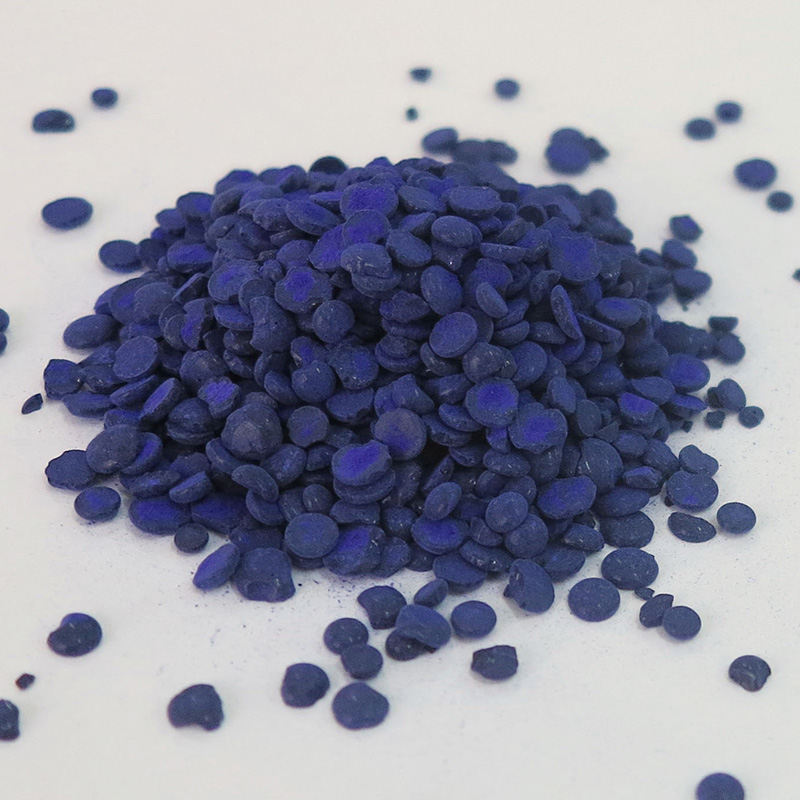Importance of Particle Size in Homogenization
In industrial and laboratory processes, achieving a stable and uniform dispersion is critical for product quality. Homogenizing agents play a vital role in stabilizing suspensions, emulsions, and colloidal systems. One key factor influencing the effectiveness of a homogenizing agent is the particle size distribution within the medium. Different particle sizes can dramatically affect the choice of homogenizing agent, the energy required for dispersion, and the final stability of the system. Understanding this relationship is crucial for applications in food, pharmaceuticals, cosmetics, and chemical industries.
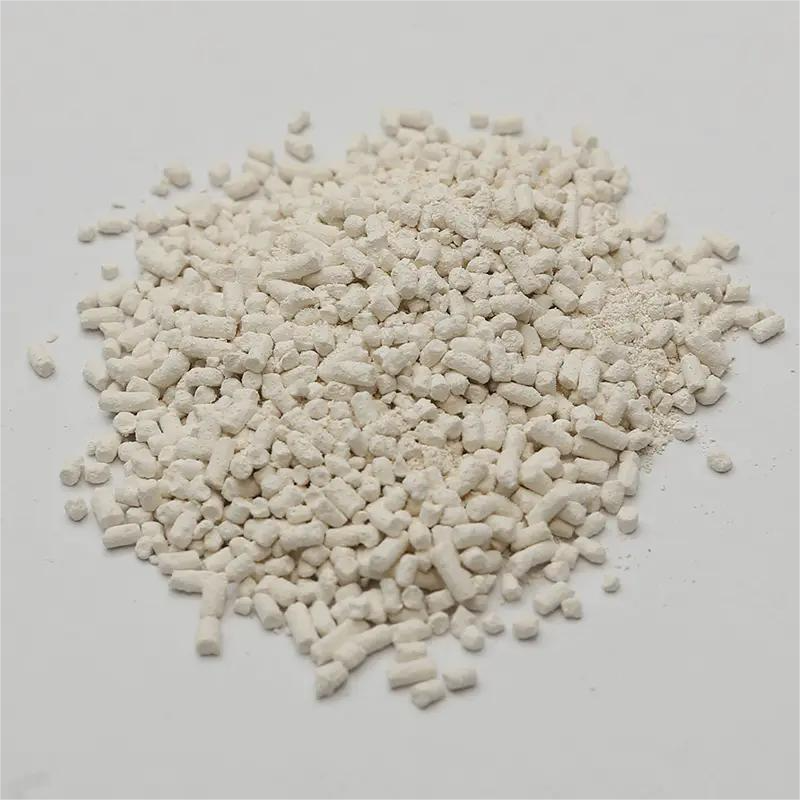
Small Particle Systems and Homogenizing Agent Selection
For systems where particles are extremely small, typically in the nanometer to sub-micrometer range, the surface area of dispersed particles is very high. This increases the potential for particle aggregation due to van der Waals forces. Homogenizing agents for such fine dispersions must have strong interfacial activity and adsorption capabilities to effectively coat each particle and prevent flocculation. Surfactants or amphiphilic polymers are often preferred because they can form a protective layer around nanoparticles, enhancing colloidal stability. Additionally, the viscosity and rheological properties of the continuous phase influence the selection, as highly viscous media may require more robust or multifunctional agents to maintain uniform dispersion.
Medium Particle Systems: Balancing Stability and Flow
In systems with medium-sized particles, typically from 1 to 100 micrometers, homogenizing agent selection balances stability with flow properties. Particles in this range are less prone to Brownian motion but more susceptible to sedimentation or creaming under gravity. Therefore, agents must provide sufficient steric or electrostatic stabilization to prevent separation over time. These agents are often polymers or protein-based stabilizers in food applications, or surface-modified silica in industrial suspensions. The choice also depends on process conditions such as shear rate and temperature, since medium-sized particles can respond differently to high-shear homogenization compared to very fine particles.
Large Particle Systems and Mechanical Dispersion Requirements
For larger particles, generally above 100 micrometers, physical stabilization through homogenizing agents alone may be insufficient. Mechanical energy input becomes more important to break down aggregates and distribute particles evenly. Homogenizing agents in such cases primarily assist in wetting, lubrication, and reducing particle-particle friction, rather than preventing nanoscale aggregation. The combination of mechanical energy and appropriate agent selection ensures uniform particle distribution while reducing attrition or degradation. Equipment such as high-shear mixers or, in industrial high-pressure applications, devices like the Three Plunger High Pressure Pump may be used to support dispersion in these larger particle systems.
Interactions Between Particle Size and Process Design
The effectiveness of a homogenizing agent is not only a function of particle size but also of the process design. High-pressure homogenizers, rotor-stator mixers, and ultrasonication devices impose shear forces that interact with particle size to influence dispersion quality. Smaller particles may require gentler homogenization to avoid over-processing and destabilization, while larger particles may need repeated or high-energy passes. Choosing the right agent involves considering both the particle size distribution and the energy profile of the homogenization equipment, ensuring that the dispersed system remains stable and uniform throughout its shelf life.
Tailoring Homogenizing Agents to Particle Characteristics
Particle size is a critical determinant in selecting an effective homogenizing agent. Fine particles demand agents with strong interfacial activity, medium particles require a balance of steric and electrostatic stabilization, and larger particles depend on mechanical dispersion supplemented with appropriate agents. By carefully matching homogenizing agents to particle size and process conditions, industries can achieve suitable dispersion, enhanced stability, and improved product quality. The integration of equipment like the Three Plunger High Pressure Pump in larger particle systems further demonstrates the interplay between mechanical energy and chemical stabilization in achieving effective homogenization.



 English
English Português
Português Español
Español русский
русский 中文简体
中文简体